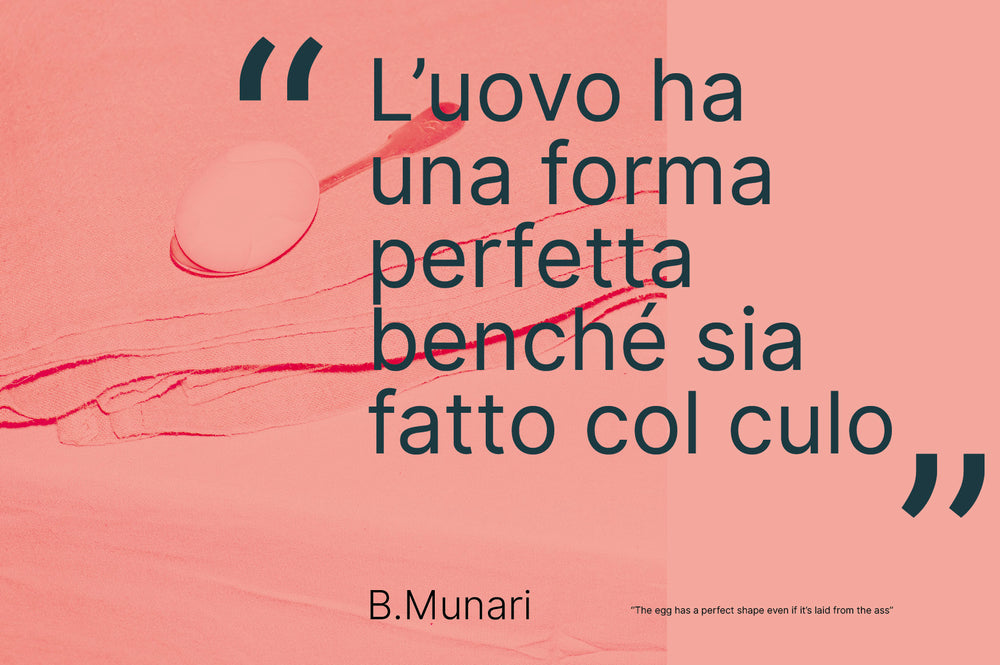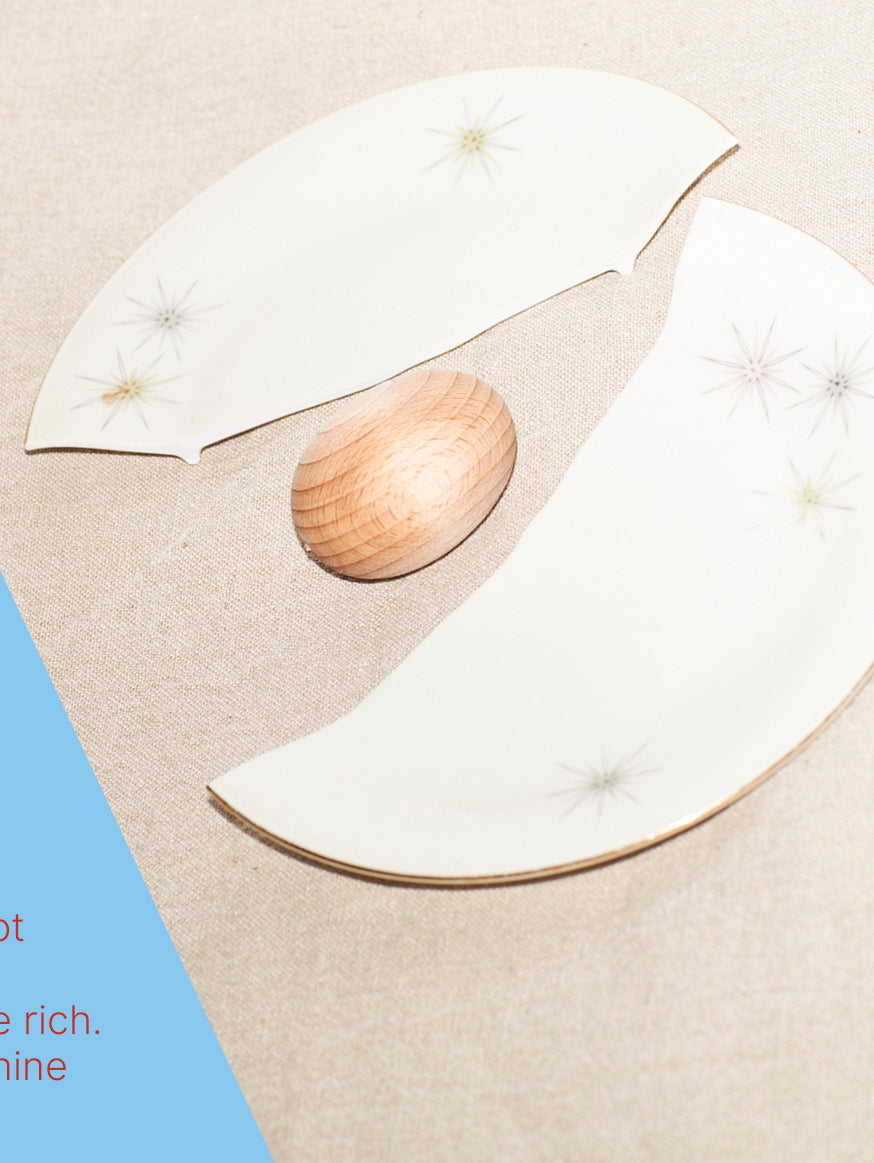01 Pamphlet - Uovo mondo
Nutrirsi d’arte

Real eggs to eat on which Piero Manzoni left his mark.
The bronze egg which opens itself by Constantin Brancusi.
The cracked ultra reflecting egg of Jeff Koons.
The huge eggs with which Salvador Dali has decorated a castle.
The oval sheets worked by Lucio Fontana in the End of God or “the principle of nothing”.

The egg watched by Magritte while making a self-portrait.
But the most mysterious egg and protagonist of the history of art, visible at the Pinacoteca di Brera in Milan, is the ostrich egg hanging from the shell-shaped apse in the Brera Altarpiece, painted by Piero della Francesca in 1472.
At the center of the great painting is the Madonna holding Baby Jesus, around angels and saints. The face of Mary, at a vanishing point, is in line with the egg hanging from above, highlighted in great light (in the Middle Ages there was the custom of hanging an egg in the apse of the churches).
The egg, with its shape, represents divine perfection, alludes to the virginity of Mary, is a symbol of life and rebirth, as it has always been. The egg is the center of the Universe, or perhaps a pearl generated by the shell. Beyond the intentions of the artist and the interpretations, the Brera Altarpiece is made of nine wooden planks covered with a white primer, on which Piero della Francesca painted the egg-shaped tempera, the faces with an emulsion of eggs and oil, oil and tempera details.
The egg is the raw material of colors, the universal symbol, the visual center around which everything turns, the center of light and perspective of the Brera Altarpiece. It’s not bad, for a simple egg.
